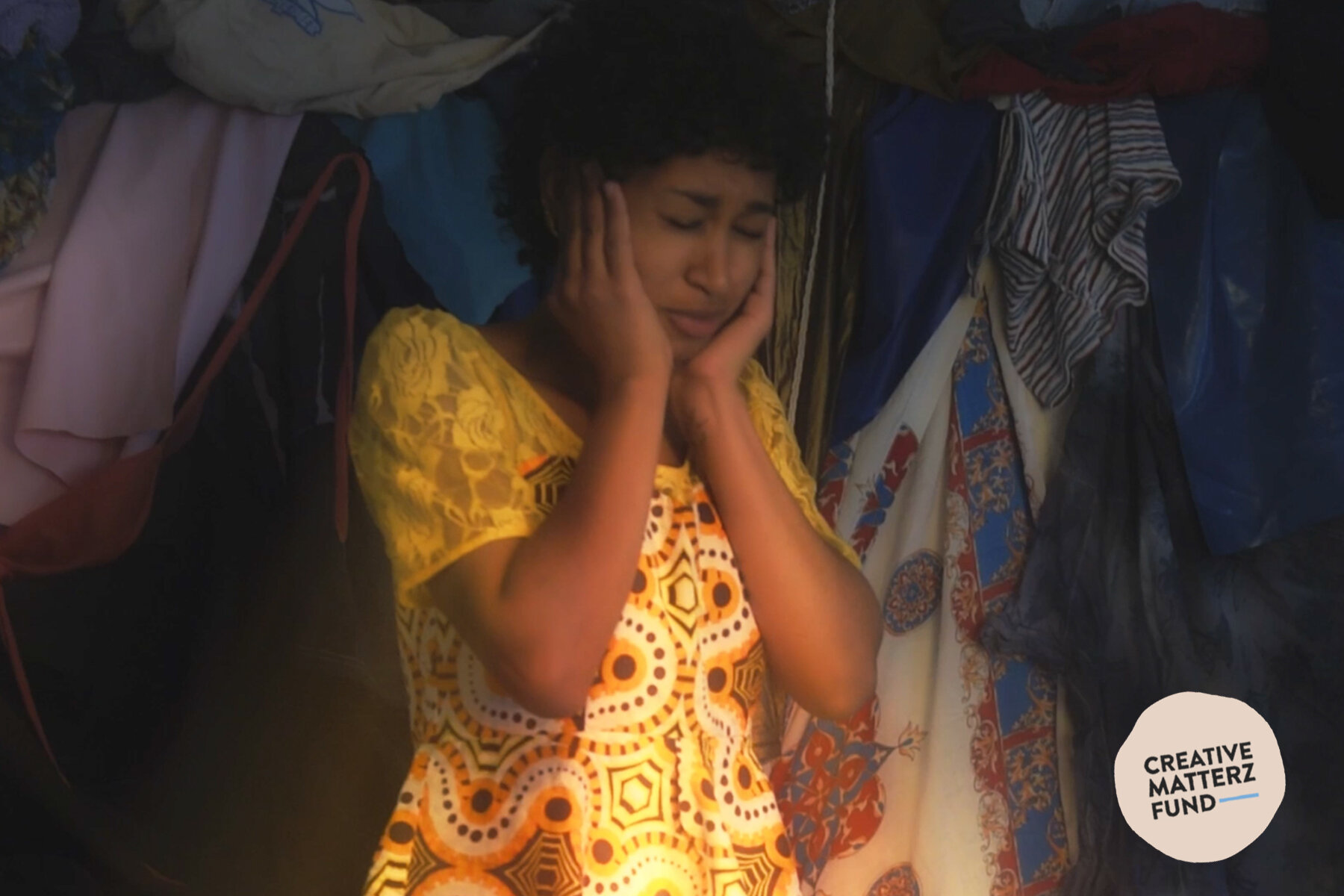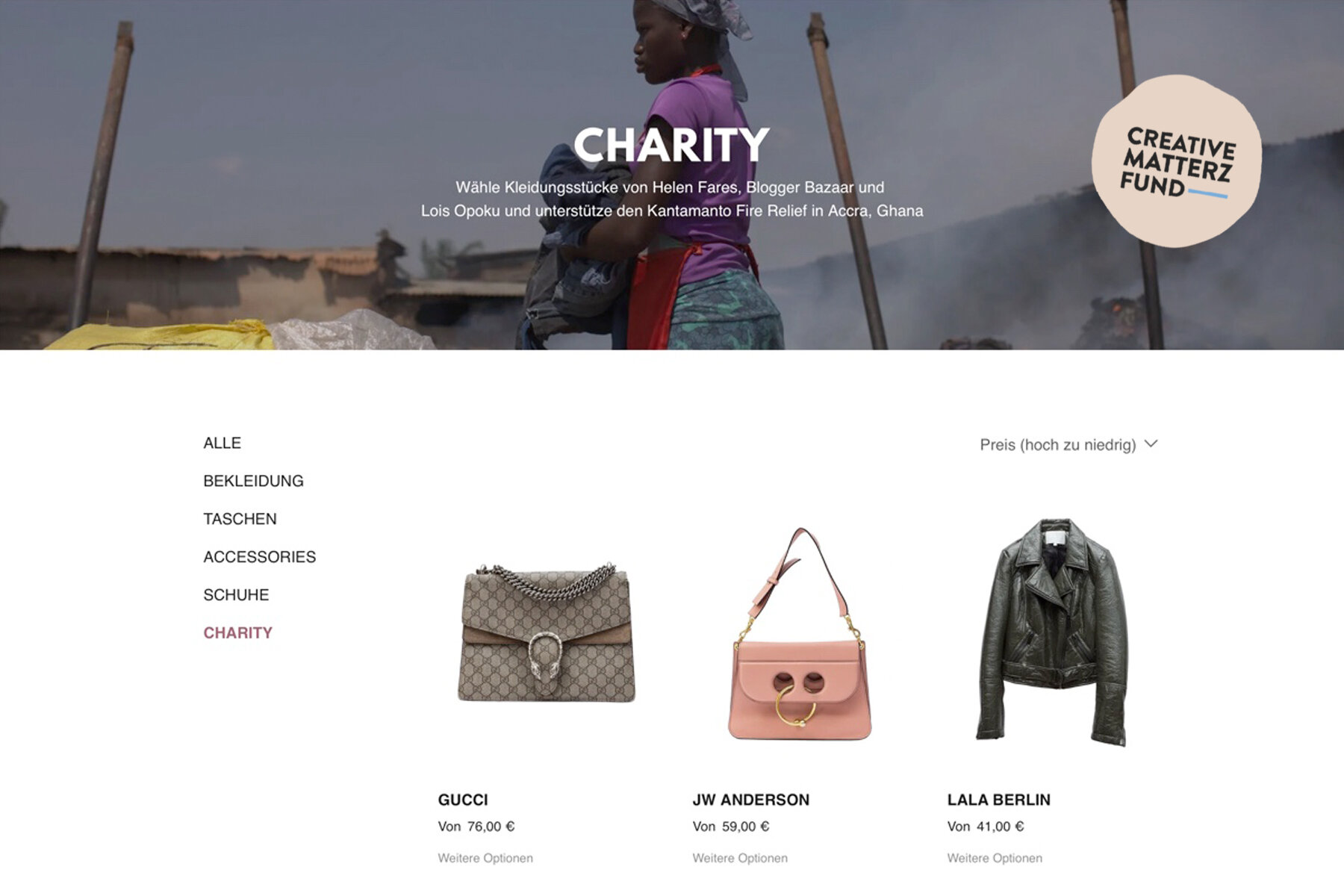Hate to break it to you, but there is no such thing as being 100% sustainable with fashion.
1
The first reason being: washing clothes infuses nature with microfibers. It also takes a toll on the environment through the use of water, electricity, and most laundry detergent is not eco-friendly. Here you can find a list of some green laundry detergents: EN/DE
2
There are, however, many different ways of approaching the topic that you can learn from to become more sustainable and decide where you stand.
3
Before we get started on all the different aspects there are to consider as a consumer, we want to address that there are two perspectives: that of brands and that of consumers.
FOR BRANDS this means creating in a way which is most considerate of humanity and the environment. The goal is to have a system which works without leaving a negative footprint.
FOR YOU/ CONSUMERS this means thinking about what you buy, knowing which philosophies you are supporting through your purchases, and also asking yourself if you are really going to wear that new piece to the extent that it was worth being made.
WHERE TO START?
To help make these decisions easier for you, we have listed the pros and cons of the different approaches you can take when rethinking your wardrobe.
CLOTHING SWAP
+ To start off with great(!) and probably the most sustainable solution because you are not only giving the pieces you get a new life, but also the ones you give away = double the save from landfill.
– Organizing a swap event can be time-consuming, but check out our article on how to run a revolving closet for a list of platforms which simplify clothing swaps.
NOTE: If you plan a private swapping event do a size check with the other participants, so you don't end up bringing all of your size 5 shoes when the rest of the spice girls wear 7. ;)
SECOND HAND
+ Another super sustainable solution because the pieces already exist, so you are saving the entire negative impact of production.
– The downside: buying second hand can give unconscious consumers who sell their clothes less incentive to think about their purchases, which fuels more fast fashion consumption.
NOTE: Buying high quality second hand or vintage pieces is the best way to go, if your budget allows it.
SLOW FASHION
+ Environmentally friendly by producing fewer new items.
– If you really want to find a con here's one: slow fashion means sticking with what you have for a long time, so this can get difficult to practice when your tastes change.
NOTE: Quality is key here, take the time to really think about if the pieces suit your style and you can see yourself wearing them for a long time. It's best to start with basics. When something breaks, check to see how you can get it repaired before you toss it.
FAIR FASHION
+ Ensuring fair wages supports education and directly improves worker's quality of life. If everyone had a living wage* we would see more happiness in the world = less conflict + more love & peace.
– Certifications can be misleading and mean different things than one might expect. Want to know more? Scroll down to the certifications link.
NOTE: Many smaller brands cannot afford certifications, so if they are not there this isn't necessarily bad news. Look on their website to see what they say in their philosophy/codex/about page, check out their social media channels, and last of all ASK the brands about it. If you don't get an answer, it's probably a bad sign.
VEGAN
+ Environmentally friendly because it reduces the negative environmental impact caused by animals.
+ You prevent animals from dying or suffering for your clothes.
– Some brands will use plastic or other non biodegradable fibers as a replacement to animal based products. Unfortunately, these materials often end up in landfills after a short amount of time. This directly contributes to eco-pollution.
NOTE: Look for innovative materials like pinatex, lenzing tencil, cork, seacell, mycoworks (mushroom skin) and brands that use recycled materials.
LOCAL PRODUCTION
+ Minimize your carbon footprint! Garment transport puts out a huge amount of C02, which can be reduced by minimizing the distances during production.
– If you want to have a positive impact on working conditions in developing countries, this won’t get you far..
NOTE: A tag that says 'made in Germany' does not necessarily mean that the entire garment was made in Germany. If you're unsure - just ASK. Brands that are sustainable are generally expressive about their production methods.
MINIMALISM
+ Having as little as possible = less consumption.
– If you are someone who likes to change styles and experiment around with new outfits you might get bored of this, leading to that yoyo-effect, only with clothes.
NOTE: Do it right: just discarding whatever you don't essentially need will not lead to a more sustainable closet. Consider keeping that second pair of sneakers and wearing them out. This buys you twice as much time until you will need a new pair.
ORGANIC COTTON
+ Saves us from pesticides.
+ Is better for the health and land of the farmers, and also protects wildlife.
– Organic cotton doesn’t mean less water usage in production.
– Can be misleading, to make us think it is good for our skin. Organic cotton can also be dyed and treated with toxic chemicals.
NOTE: Organic is always better in terms of pesticide use, however fabrics like tencil, lensing, and hemp offer comparable qualities and usually need less water for production.
RECYCLED MATERIALS
+ Waste reducing!
+ With recycled PET we also become less reliant on fossil fuels = reduction of GHG emissions.
– Sets microfibres which can't be filtered out of out water free.
– Often uses more energy and chemicals than new garments.
NOTE: The process of recycling PET bottles needs a ton of energy and chemicals, so to create a piece which will only have a short life span it is not so eco-friendly after all. Take a closer look at the product, to see if the quality will last more than just a few seasons and it is not a time bound design.
WE LOVE 100% MATERIALS
Only apparel which is 100% can be recycled because there is no technology at the moment to separate blended fibers (mixed materials) at scale. This means turn away from pieces which are for example 80% cotton/wool/anything and 20% something else.






























